Winter home cleaning and maintenance tips to brighten this winter
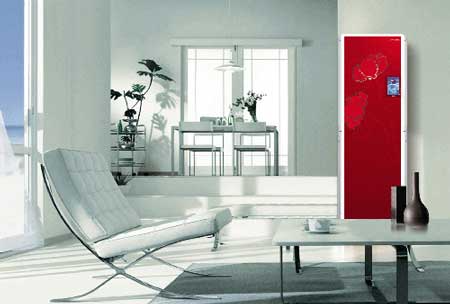
With the arrival of winter, temperatures plummet. Summer curtains and sofa covers need to be replaced, and thicker curtains and sofa covers are substituted for winter's curtains. Maintaining these household items is a challenge, especially since winter is a peak season for infectious diseases and homes are relatively closed, making them prone to bacterial growth. Therefore, for the sake of our health, a comprehensive winter cleaning and maintenance plan is essential.
Carpet cleaning: Five steps
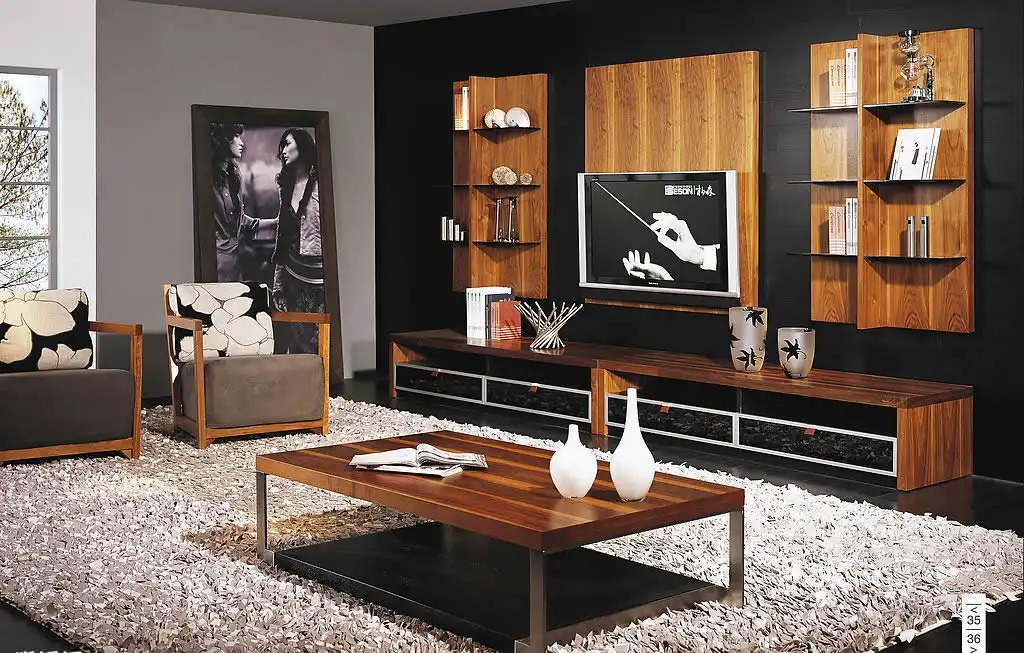
Generally, cleaning a large wool carpet at home involves five steps: vacuuming, spraying with a special carpet cleaner, brushing with a soft brush, then using a damp towel to absorb small dust particles, and finally wiping again with another clean towel. It's important to vacuum in the direction of the pile. Avoid using a soft brush with serrated or rough edges, as this can damage the carpet's surface fibers. If the carpet becomes tangled, wipe it with a damp towel, comb it with a comb, and then iron it with a damp cloth on the iron to restore it to its original shape.
Curtains: Air drying is the trick

Compared to carpets, curtains are much easier to clean. Curtains should be cleaned based on their material. Shrunken ones should be sent to a dry cleaner, tulle should be hand-washed, and ordinary curtains can be machine-washed. To maintain the curtain's texture, soak them for at least half an hour before washing, avoiding bleach as much as possible, before machine washing. After washing, hang the curtains, if they're still wet, on a curtain rod and let them air dry. Most ironed curtains don't look nearly as good as air-dried ones.
Leather sofa: Do not wipe with hot water
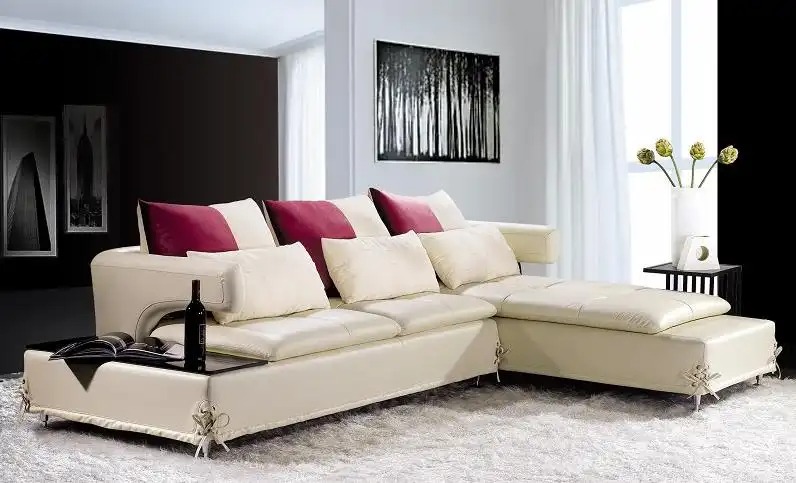
As a member of the sofa family, leather sofas are loved for their solemn elegance, luxury, and durability. To keep your sofa clean, it's important to regularly dust it once a week. Use a damp cloth to gently wipe. If the surface is greasy, use a diluted detergent and gently wipe it with a cloth. When cleaning the sofa, avoid using overheated water, as high temperatures can cause the leather to deform and wrinkle.
Solid wood flooring: Do not humidify directly when cleaning
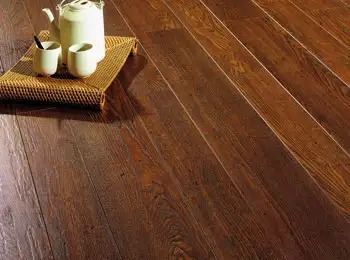
Solid wood floors feel comfortable and elegant, but in winter, when exposed to changes in humidity, temperature, and other environmental factors, they are prone to deformation and cracking. Keep the floor surface dry and shiny. For daily cleaning, use a well-wrung cotton mop. For stubborn stains, use a neutral detergent and then a well-wrung cotton mop. Never use acids, alkalines, or organic solvents like gasoline. To maintain the beauty of solid wood floors and extend the life of the finish, we recommend waxing them twice a year.
Air conditioner: Clean before "refrigeration"
The air conditioner works for a long time in the summer and needs to be "frozen" in the winter. So before "frozen", we must do a good job of cleaning and clean the air conditioner thoroughly.

Cleaning is divided into two parts: the indoor unit and the outdoor unit of the air conditioner. The internal part is mainly to clean the filter and the internal heat sink with a small brush. The filter is relatively easy to clean and you can get good results by doing it yourself. However, remember not to expose it to the sun after cleaning. However, due to the complex structure of the air conditioner, it is difficult to clean it thoroughly by yourself. It is recommended to ask professionals to provide door-to-door service.
Towels and mops: need sunbathing
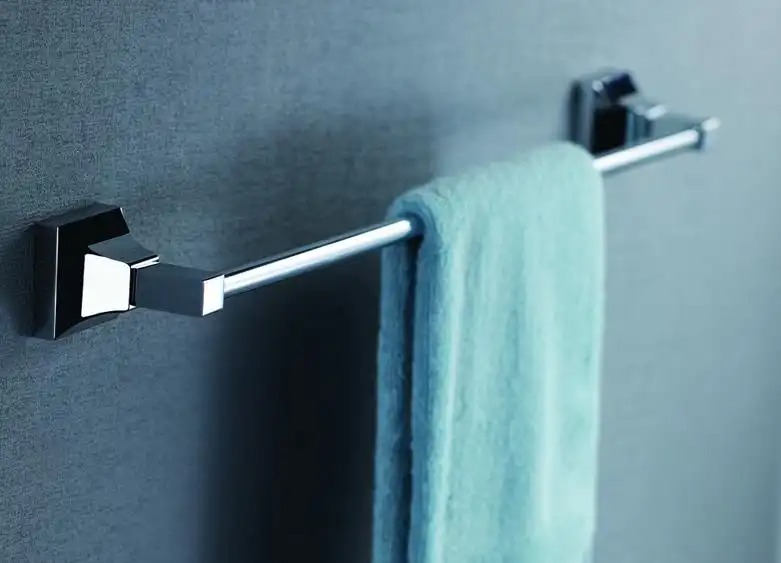
In winter, due to lack of air circulation, towels are used several times a day and rarely dry, which makes it easy for bacteria to breed. Over time, this is detrimental to human health and can cause skin diseases. Towels should be washed frequently and taken outdoors for "sunbathing" to disinfect them.
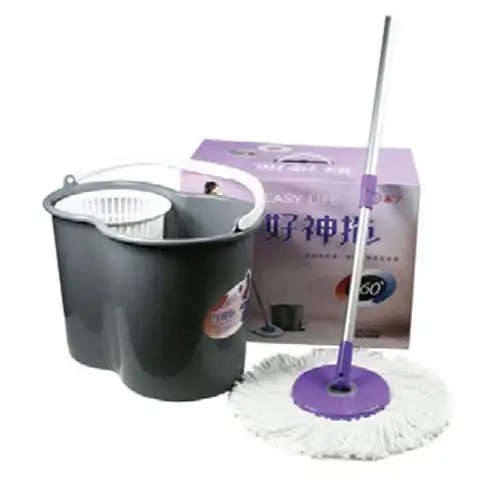
Mops are a common source of dirt and grime in homes, so it's best to disinfect them regularly. If your house is well-ventilated and the climate is dry, simply rinse the mop with clean water and place it in the sun for a while to dry it. Alternatively, you can disinfect it with a standard disinfectant, such as Lysol, potassium permanganate, or bleach.
Tips: DIY Cleaner
Cleaners currently available on the market contain a high concentration of chemical elements, primarily chlorine. While these can achieve good cleaning results, they can also pollute the environment. Many household cleaners can be made at home.
Furniture polish. Olive oil and vinegar make a great cleaning and polishing agent.
Air freshener. Boil a 1:1 ratio of white vinegar to water for a few minutes to remove odors from your kitchen. One cup (237 ml) of hydrogen peroxide to one quart (946 ml) of water also makes a great air freshener.
Carpet cleaner. For light stains, dissolve two tablespoons of salt in half a cup of white vinegar. Pour the solution over the stain and let it dry before vacuuming it. For larger, heavier stains, add some borax to the solution and follow the same method.